The energy used to provide heating and hot water for your site can amount to more than 50% of your business's energy consumption and carbon emissions.
Heating and hot water
The energy used to provide heating and hot water for your site can amount to more than 50% of your business's energy consumption and carbon emissions. Taking regular meter readings will also help you to understand how much energy your business consumes. A regular walk-around of your premises can also help to highlight areas where 'quick win' savings can be made.
Behavior Change
- Set the boiler's timer controls so that heating is only on when people are in the building (take into account weekends and bank holidays).
- Turn down the heating. A reduction of just 1˚C on the thermostat could cut your annual heating bills by up to 8% (19˚C recommended).
- Set the temperature lower than 19˚C in corridors, storerooms and areas of higher physical activity.
- Set your heating system to 'frost protection' at weekends and during closure periods, to avoid burst pipes.
- Leave plenty of space around your radiators so that hot air can circulate effectively.
- Localise heating to the areas where it is actually needed.
- Service your boiler regularly to make sure it is working at its optimum efficiency.
- Prevent cold air entering the building by making sure doors are not propped open for convenience – fit automatic closures on external doors.
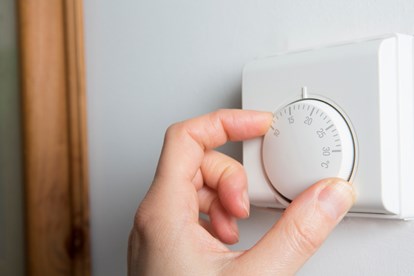
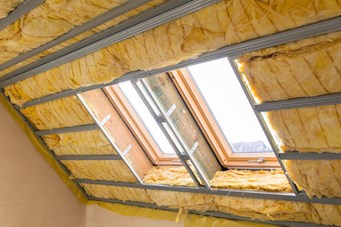
Material Change
- Draught-proof and insulate your roof, windows and doors to reduce heat loss.
- Install a separate water heater so that you can switch off the main boiler in warmer weather.
- Insulate all the components of your heating systems.
- Consider purchasing a new, more energy-efficient boiler to reduce your energy costs over the long-term.
Lighting
Lighting accounts for up to 40% of a typical business’s electricity consumption but it is also one of the easiest and cheapest areas to address.
Behavior Change
- Make sure all lights are switched off at the end of the day, except for emergency lighting.
- Label banks of lights so that staff can clearly see which switches control which lights – you can only control what you know.
- Keep sky-lights and windows clear to maximise natural light and reduce the need for artificial lighting.
- Avoid lighting any unused areas unnecessarily by removing bulbs that are surplus to requirements.
- Organise for light fittings to be regularly cleaned, at least once a year to improve lighting without increasing energy use.
- Run a ‘switch off’ campaign. It is always cheaper to switch off lights – no matter how short the time period. Put stickers above light switches to drive home the message.
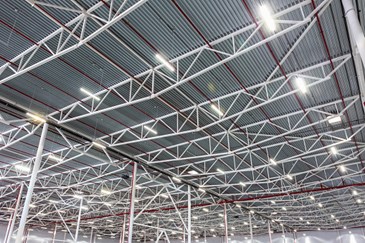
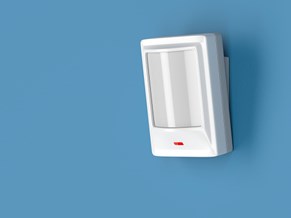
Material Change
- Use low-energy light bulbs, which typically use up to 80% less energy than a standard bulb, last 10 times longer and deliver a return on investment within just one year.
- Consider installing motion sensors or timer switches in infrequently used areas such as storerooms and toilets to prevent lighting being left on unnecessarily. These motion sensors provide savings of up to 30% on lighting costs.
- Is there just one switch for all of your lights? Consider splitting them up with more switches so you have more control over individual areas.
- Consider using dimmable fittings to reduce the intensity of lighting in brighter rooms.
Production Equipment
Motors and Drivers
- Reducing the speed of a motor by just 20% can half its energy consumption – it’s important to establish the optimum settings for equipment.
- Make sure that motors are switched off when not in use, i.e. during breaks and at lunch.
- All machines should be turned off at the end of the day – including fans, pumps and conveyors.
- Be sure to keep motors clean – a dirty motor will get much hotter than a clean one and is more likely to fail.
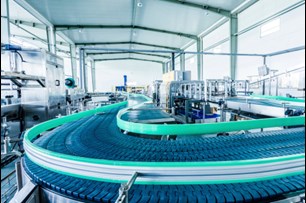
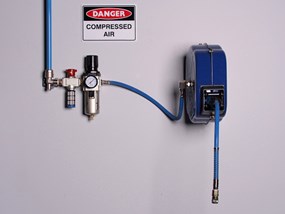
Compressed Air
- Have an ongoing test and repair programme for leaks. A single 3mm hole can cost over £1000/year in wasted energy as well as create a noisy working environment. Make sure to listen, look and detect.
- Make sure pressure is set at the lowest possible level for each application. Reducing air pressure by just 10% can lead to 5% energy savings.
- Change filters regularly to ensure maximum efficiency.
A government-backed energy efficiency guide for SMEs can be downloaded for free here.